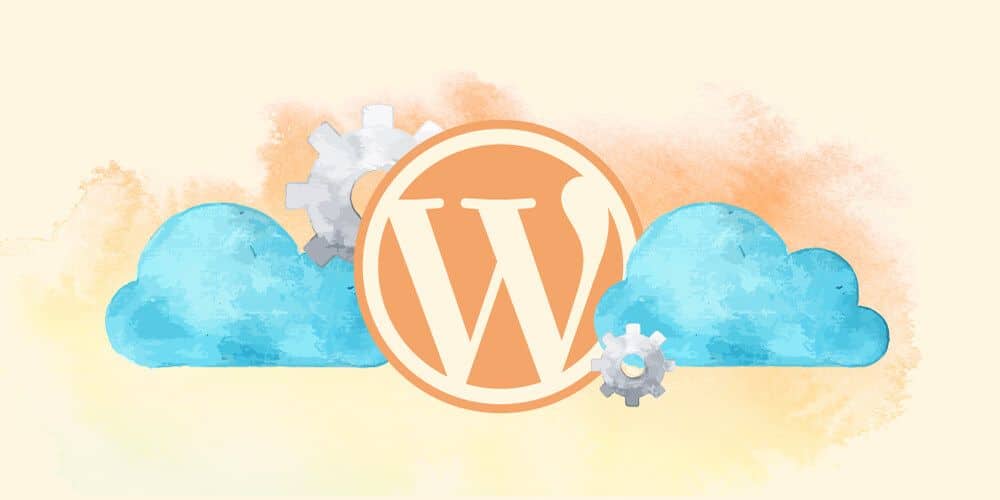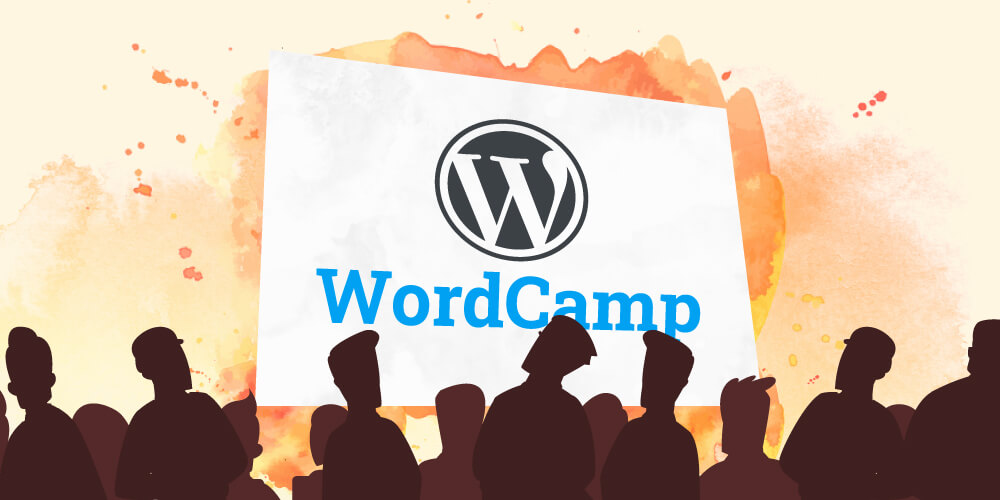Last month, WordPress released 5.9 with the flagship feature: Full Site Editing. It probably brings the most radical shift in the WordPress admin interface in years, and yet almost every site running WordPress 5.9 won’t use it or even see it at all.
From a high level view, the new Site Editor takes the many scattered places that touch global content (from sidebars, widgets and nav menus, to templates, the header, the footer, the customizer, etc.) and brings all of them inside the drag-and-drop block editor. Of course, it’s opt-in only, because it requires a completely different type of WordPress theme that’s written from the ground up for site editing.
Joe Casabona posted a great piece that asks the question many of us in WordPress have been wondering: Who is site editing for? It’s pretty clear that it’s meant as a response to site builders like Wix and Squarespace, and maybe even is the start towards sherlocking frameworks like Elementor. But what about the vast majority of agencies and freelancers who have been happily building client sites that intentionally don’t run on Wix or Squarespace? Could we take advantage of full site editing, or is it really just an appeal to the DIY, no-code crowd?
Our agency has spent the better part of the last decade building sites where the backend and the frontend are completely separated from each other. We hand-code the public-facing site to match exact specs from their designer, and we use Advanced Custom Fields to allow the site owner to update content safely. Not only is it unbreakable, but we can control a lot of other important pieces this way, from SEO to accessibility.
It reminds me of this tenet of the WordPress Philosophy: Decisions, not Options.
… choices end up being technical ones, choices that the average end user has no interest in. It’s our duty as developers to make smart design decisions and avoid putting the weight of technical choices on our end users.
The final user of a website benefits from having fewer options, fewer decision points. It’s based on developer trust. But the alternative, where our clients get a true WYSIWYG editing experience instead of a wall of inputs and metaboxes, sure does sound enticing.
10up posted a walkthrough recently about their use of Gutenberg (not with full site editing) for the new White House website. The whole thing is worth a read, but what stuck out to me most was how much they had to disable in the editor so that page layouts didn’t break when they handed the site over. For example, one of my constant gripes with Gutenberg is the amount of sidebars, toolbars, meta boxes, and hidden fly-out panels that confuse and degrade the entire purpose of block editing. The 10up team ended up limiting or disabling many of them, and built custom blocks for things like the ‘featured image’ that were locked in place.
That may probably be the key to moving forward: WordPress sets up tons of functionality, and developers use new tools like the locking APIs and theme.json to control the experience for their clients. I could see a future where our clients visually edit the menus and footer widgets in the Site Editor, but wouldn’t be able to remove them or accidentally change the font color across the entire site. The downside is that it will take even more development time, not less, as we are now expected to write a decent amount of JavaScript and CSS just to set up the backend of the site.
The new site editor is fun and exciting, but a little dangerous too. It assumes that you understand abstract developer concepts like the query loop, a post archive, margins and padding, typography and block spacing. However, it also assumes that you also would rather use a WYSIWYG than write the code yourself: even the Customizer with its Additional CSS panel is gone. I look forward to returning to the site editor in the 6.0 release or even jumping as far ahead as 6.5, where I hope a lot of these open-ended options are met with some good decisions.
For now, I’ll end on the real highlight of WordPress 5.9: the new default theme, Twenty Twenty Two. It’s beautiful and it really shows the potential for full site editing and for WordPress.


